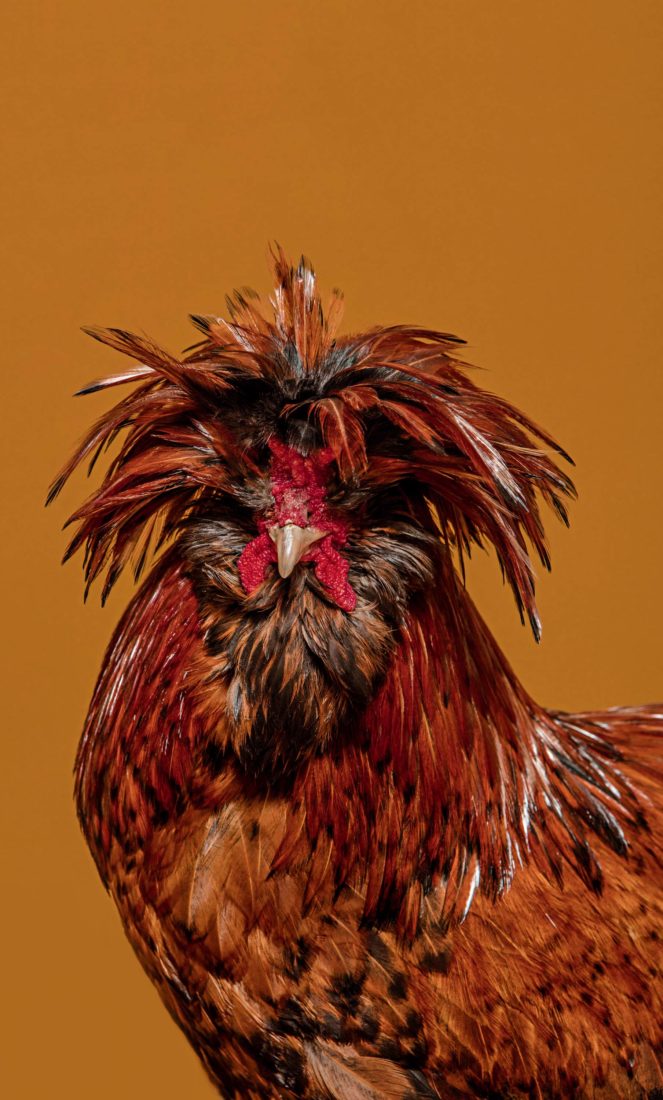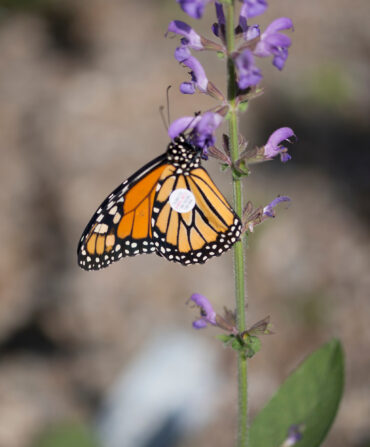Some people raise chickens as a hobby; some raise them for food. Paul Bradshaw raises chickens to champion conservation. Or as he puts it, “to protect poultry genetics as a critical hedge against rapid environmental change.” As a result, his hundred-acre farm in Gadsden County, Florida, thirteen miles from Tallahassee, now hosts the most diverse—possibly the most important—collection of rare chicken genes on God’s green earth. Black-copper Marans, prize-winning French birds that lay dark mahogany eggs, strut around next to Ayam Cemanis, an Indonesian variety with iridescent black feathers and skin, a black comb, black legs, eyes as dark as deep space, and bones, organs, and muscles in black to match—just two of about fifty rare breeds to which Bradshaw tends.
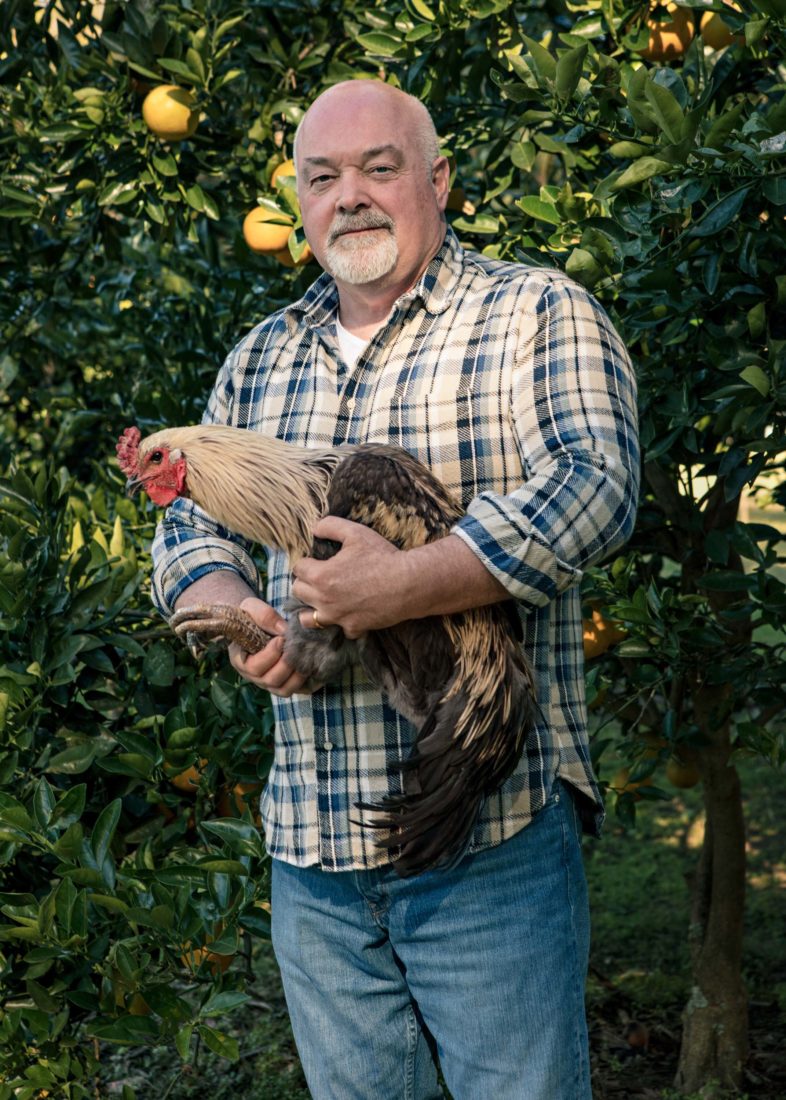
Bradshaw’s not exactly Old MacDonald. A lawyer, as his friend the National Book Award–winning writer Bob Shacochis describes him, with “political game in Florida and beyond,” Bradshaw has advised three governors and founded a blue-chip lobbying firm. His Mississippi-born wife, Sally, who worked in the George H. W. Bush White House and later as top adviser to Florida governor and former presidential candidate Jeb Bush, now runs Midtown Reader, a popular independent bookstore in Tallahassee.

The Bradshaws moved to the farm when they married twenty-one years ago, naming it Greenfire Farms after a passage from the ecologist Aldo Leopold’s 1949 A Sand County Almanac, in which Leopold recalls shooting a wolf and watching the “fierce green fire dying in her eyes.” The book made Bradshaw consider the tragedy of animals disappearing from our landscape, and he began to counter that by creating what he calls a “one-acre Eden” in his backyard, with pure water from the Floridan aquifer, a dwelling-cum-greenhouse that produces its own solar energy, beds of greens and tomatoes, and avocado, citrus, apple, plum, fig, and pear trees—plus seven acres of animals, including Ossabaw Island hogs, fed on acorns and mulberries, and his unrivaled collection of twelve hundred rare hens and roosters, living large in airy pens.

Bradshaw began his adventure in farming twenty years ago with cattle, but the return was lousy. He noticed a lot of excitement around unusual breeds of domestic fowl and decided to try poultry. His gateway chicken was the Coronation Sussex, a thoroughly delicious and beautiful bird with a mix of feathers the color of English fog whose lineage stretches back to Roman Britain, though this particular variety was specially bred to commemorate the accession of Edward VIII. Bradshaw ordered some and eventually put up a pair of chicks for auction. “It took about ten nanoseconds to make the decision to go Full Chicken,” he says. “I could actually turn a profit and not get gored by a bull.”
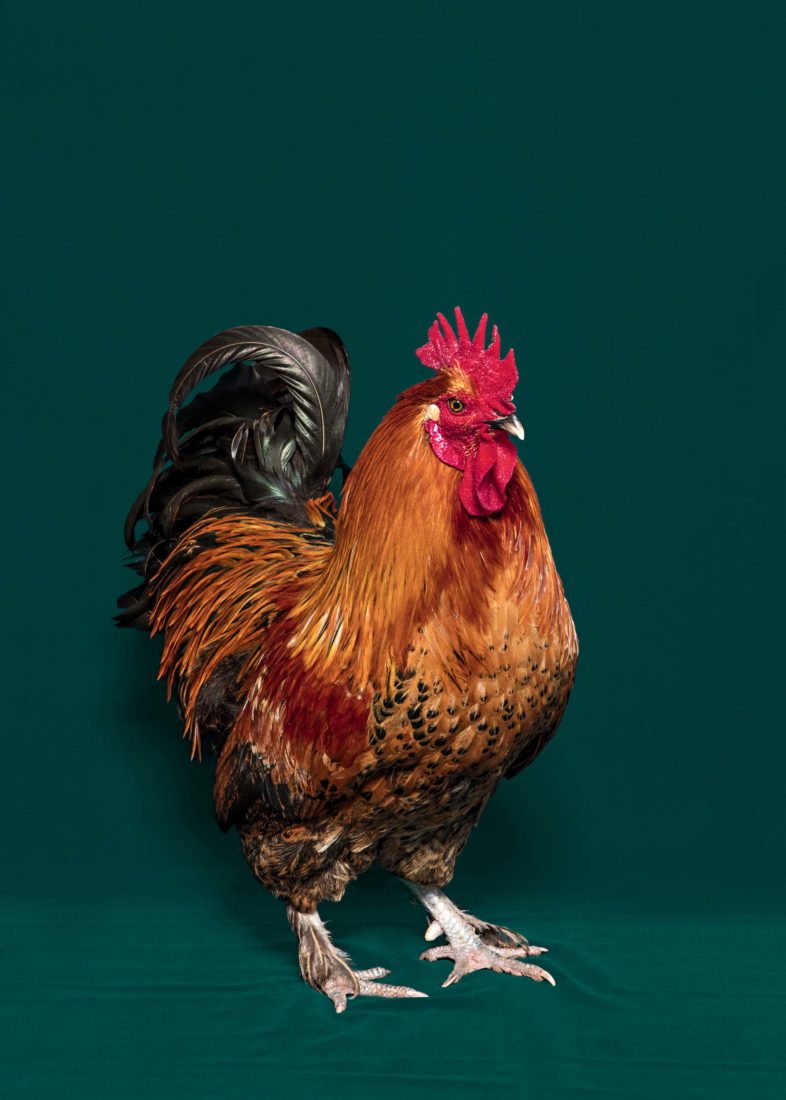
Bradshaw now hatches eggs in state-of-the-art incubators and sells day-old chicks, whether they be those coveted Ayam Cemanis, Chinese Cochins with their flame-colored ruffs, or Swedish Flowers, which look like they rolled in confetti. Mostly, he hopes, so others will help him perpetuate endangered breeds and safeguard genetic diversity; the majority of commercial chickens are as inbred as Hapsburgs and less able to adapt quickly. “Frankenchickens,” he calls them.
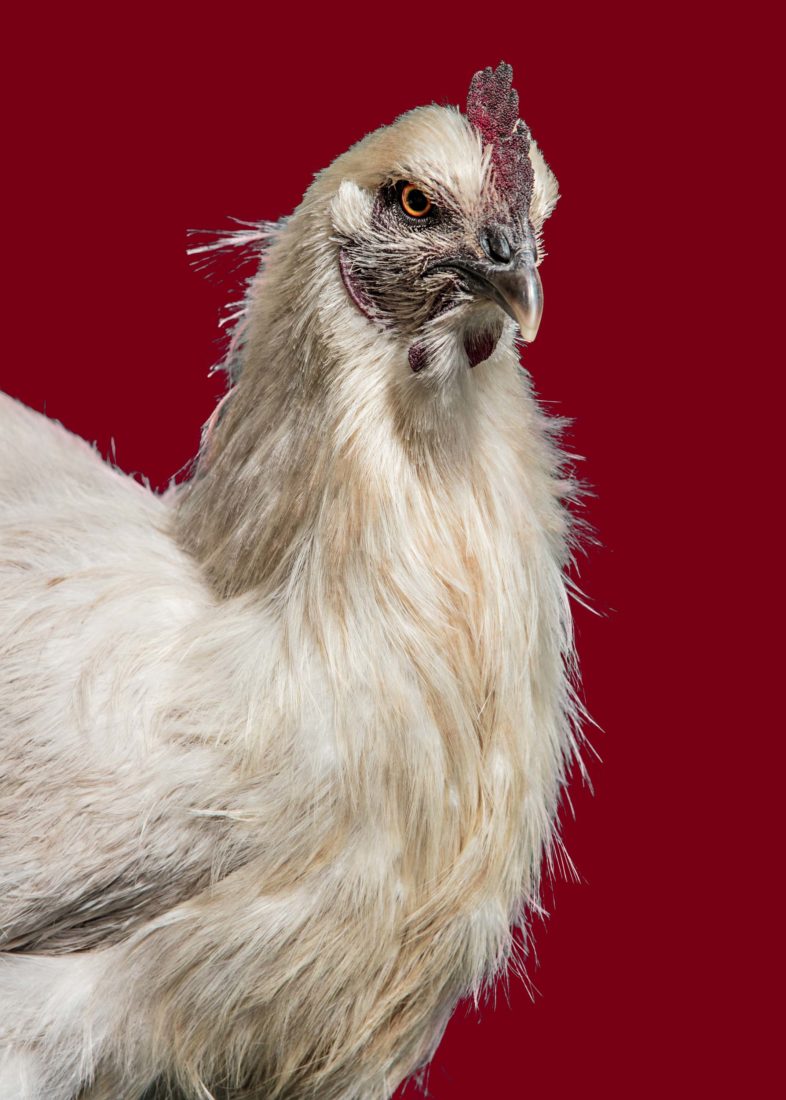
While some of Greenfire’s breeds, such as the American Bresse, are known for their exceptional taste, most of these birds look too ornate to eat. Some feature sleek feather ruffs, some herringbone patterns, some feathery beards. Others shine gemstone bright—emerald, topaz, ruby—or sport what look like tiny extravagant Kentucky Derby hats, strutting with the catwalk hauteur of a supermodel. In 2014, in fact, New York magazine featured one of Bradshaw’s Ayam Cemanis in a fashion shoot. The rooster flew to Manhattan (on a plane) with its own handler and then got draped in pearls by Chanel, a jaunty red bow tied around one leg. Bradshaw likes to let one of his large breeds, a tough-faced Liege Fighter, stroll around as it pleases. If a hawk shows up to worry the hens, Bradshaw says, “this boy will beat the crap out of him.”
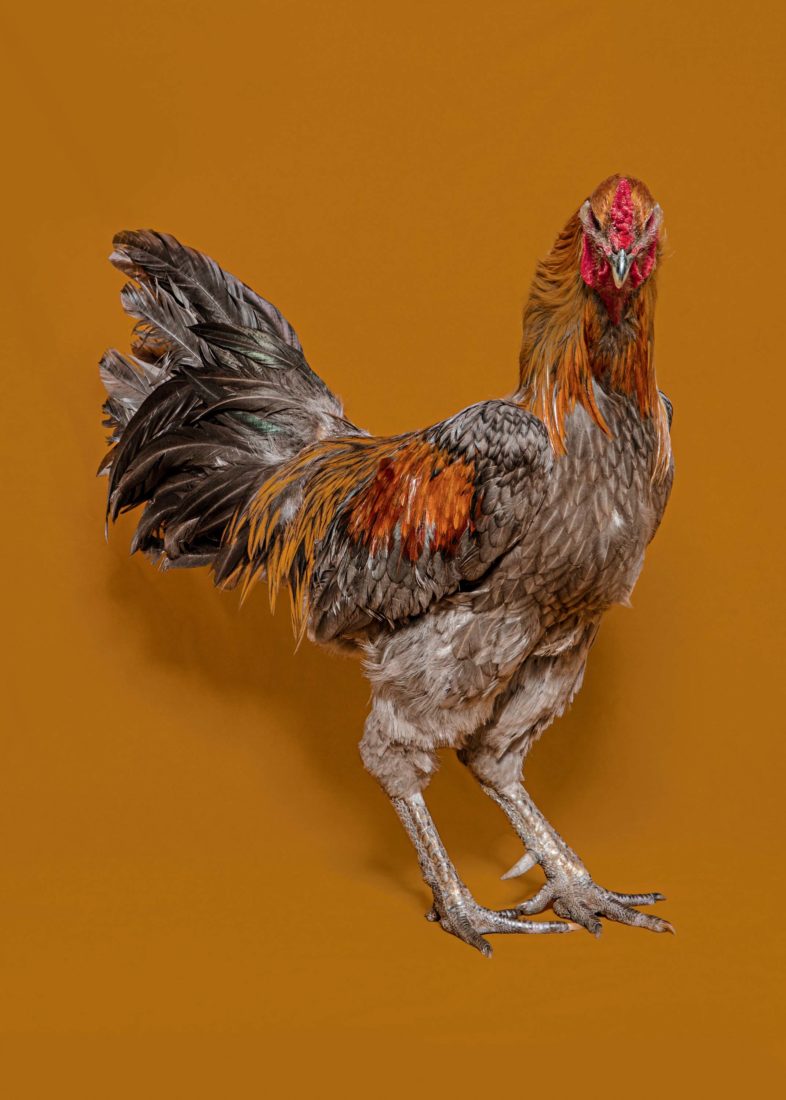
In between lobbying and promoting “green” building—he’s currently transforming old shipping containers into smart micro-apartments in Tallahassee’s hipsterish All Saints district—Bradshaw gets up early and makes his rounds: “You check the feed levels, check for predator incursions from the night before, make sure the water is flowing to the pens, collect the eggs and note production levels, check the incubators for proper temperature and humidity—it never ends.”

But all the work is worth it: Not long ago, some of Bradshaw’s birds were a couple of cracked eggs away from extinction. The Livestock Conservancy, which promotes heritage breeds of farm animals, lists the Crèvecoeur, an ancient Norman fowl with a wild Einstein puff of feathers on its head, as critical. Some accounts say only two Pavlovskaya roosters, a chicken from a region two hundred miles east of Moscow, existed in the early 1990s—one of them infertile. Bradshaw is helping bring both breeds back from the brink. “For years, I begged Paul for eggs to bake with,” Sally recalls, “but the baby chicks were too valuable. Then I began to work with him on collecting the eggs, and got to know the breeds. Now he gives me some eggs to scramble, and I find myself hesitant to cook them: That one egg might turn out to be a Marans!”

And so together, the Bradshaws and their Greenfire Farms have shown how a big idea and a small environmental footprint can, as Bradshaw says, “keep viable the genetic diversity in vanishing breeds.” Saving, one by one, chickens with gray fluffy beards or chickens with combs like tiny red berets or chickens the color of polished copper in the morning sun, creatures as fabulous as any phoenix.


